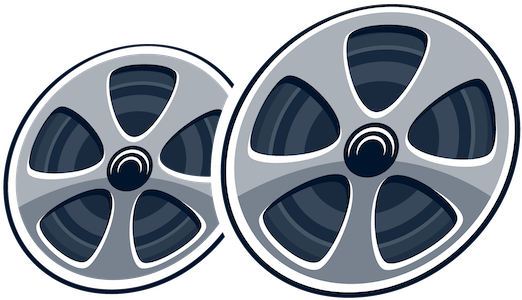In “Venom: The Last Dance,” the ensemble cast features a multitude of British actors portraying American characters, a distinct choice that reflects the franchise’s penchant for diverse talent. Tom Hardy returns as Eddie Brock, the protagonist grappling with the chaotic duality of his life as a journalist and symbiotic host. Alongside him, actors such as Chiwetel Ejiofor, Juno Temple, and Rhys Ifans create a layered narrative, where British charm meets American bravado. Their performances, especially those of Ejiofor and Temple, add a touch of sophistication to a storyline that occasionally dips into the absurd. This unique casting blend contributes to both the film’s allure and its underlying awkwardness, leaving audiences to wonder if this divergence is intentional or simply a byproduct of Hollywood’s casting practices.
While first-time director Kelly Marcel attempts to guide the drama of “The Last Dance,” her efforts reveal both strengths and weaknesses. On one hand, she crafts visually engaging sequences that resonate with the movie’s comic book roots, yet the overall pacing feels uneven. The film opens ambitiously in a foreboding prison universe where Knull, played by Andy Serkis, lays out his catastrophic plans. The narrative swiftly transitions between worlds, and audiences find themselves unmoored as the plot struggles to cohere. Unlike successful superhero instalments that offer clear motivations for character actions, this project meanders through convoluted subplots that often appear to serve no greater purpose than to establish spectacle over substance.
The film’s narrative trajectory heavily leans on the established Marvel mythos, introducing Knull as a looming threat and utilizing the familiar trope of the ‘ultimate weapon’—the codex. However, the motivation behind Knull’s grand scheme remains nebulous, and audiences might find it challenging to sincerely engage with his ambitions to end the universe as they know it. Unlike the nuanced villains of previous Marvel films, Knull feels almost one-dimensional, a caricature as opposed to a well-developed character. The challenge of maintaining a coherent story within the expansive Marvel universe becomes evident, posing the question of whether “The Last Dance” can tread new ground or is resigned to echo past narratives.
Eddie Brock’s journey, complete with emotional baggage and comedic detours through his symbiotic partnership with Venom, largely mirrors earlier iterations. Although Hardy expertly embodies the character’s quirks and dilemmas, viewers may find themselves questioning the originality of his storyline. The thematic exploration of identity—how one reconciles duality within oneself—is engaging but feels shadowed by the antics and action sequences intended to elevate the narrative. The film reaffirms a trend observed in superhero cinema: a focus on action and humor at the potential expense of deeper emotional stakes. While some may appreciate the light-hearted approach, others might consider it a missed opportunity for character development.
One of the notable aspects of “The Last Dance” is its oscillation between action and comedy. While there are undoubtedly moments that elicit laughter, like Venom’s absurd dance number to ABBA in a Las Vegas penthouse, the humor often feels like an attempt to distract from narrative weaknesses. This inconsistent tonal shift raises questions about the effectiveness of blending genres; is humor a genuine asset, or merely a bandage on deeper flaws? Such moments of levity offer entertainment value, yet they undercut the gravitas of pivotal scenes, leaving viewers in a comedic haze when they might prefer a more poignant experience.
“Venom: The Last Dance” proves to be a mixed bag in the grand tapestry of Marvel films. With a strong cast, relatable themes of identity and chaos, and a handful of visually stunning moments, the film holds promise. However, it suffers from uneven pacing, shallow character motivations, and a reliance on humor that sometimes distracts from the stakes at hand. As audiences leave the theater, they are met with a sense of ambivalence: while the film succeeds in delivering comic chaos, it does not quite reach the emotional depth that truly captivates. Like many entries in the superhero genre, “The Last Dance” showcases the difficulty of innovation within a well-trodden narrative landscape, leaving fans to wonder what possibilities remain on this familiar journey.

